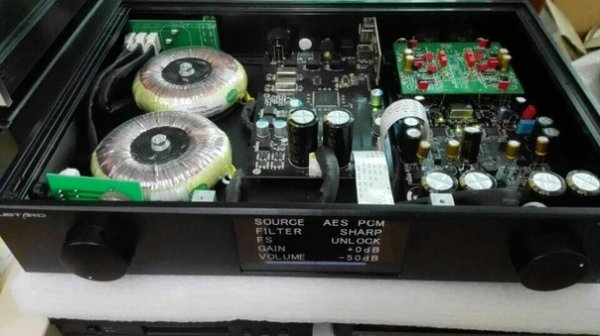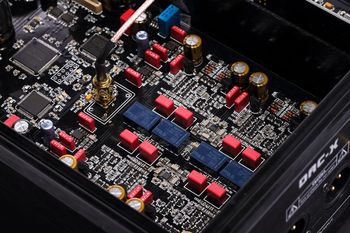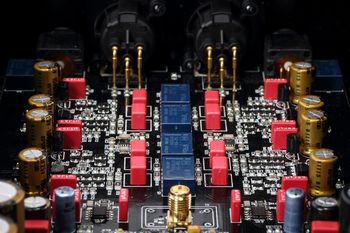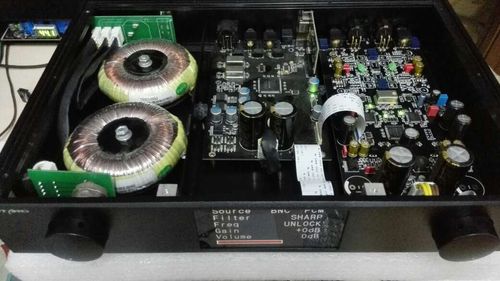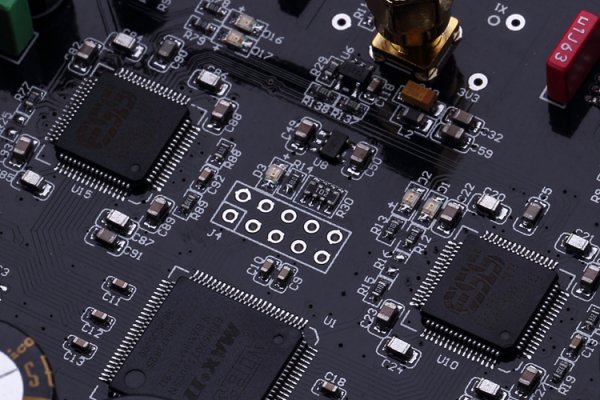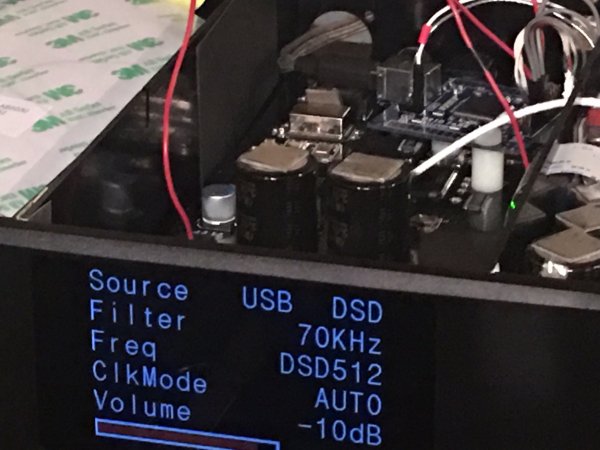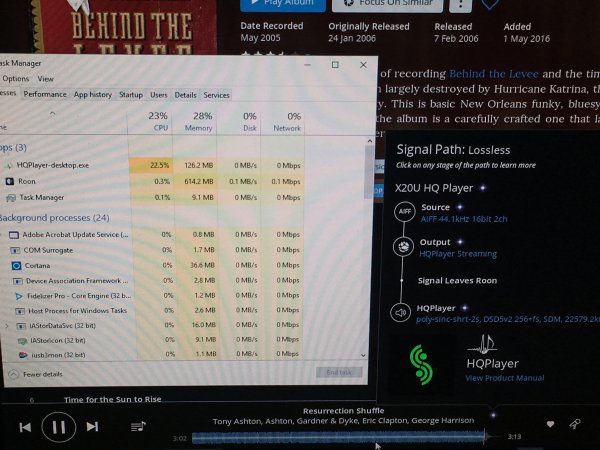Totally agree with the subject being a great opportunity for learning electronics (electrical engineering as well).
REW is awesome for room diagnosis.
For treatment, I recommend using acoustic/organic room treatment rather than heading straight to the DSP/EQ/convolution route. This makes for the most natural sound possible, especially with DSD.
This said, if after organic acoustic treatment you still find annoying peaks and troughs, then the electronic treatment might be the only remaining recourse.
For DSD, HQ Player also can process it in the SDM domain, so prefer that rather than intermediate conversions and treatment in the PCM domain. An alternative with DSD could be processing in the analogue domain. For analogue, I would prefer equipment with tubes.
REW is awesome for room diagnosis.
For treatment, I recommend using acoustic/organic room treatment rather than heading straight to the DSP/EQ/convolution route. This makes for the most natural sound possible, especially with DSD.
This said, if after organic acoustic treatment you still find annoying peaks and troughs, then the electronic treatment might be the only remaining recourse.
For DSD, HQ Player also can process it in the SDM domain, so prefer that rather than intermediate conversions and treatment in the PCM domain. An alternative with DSD could be processing in the analogue domain. For analogue, I would prefer equipment with tubes.










